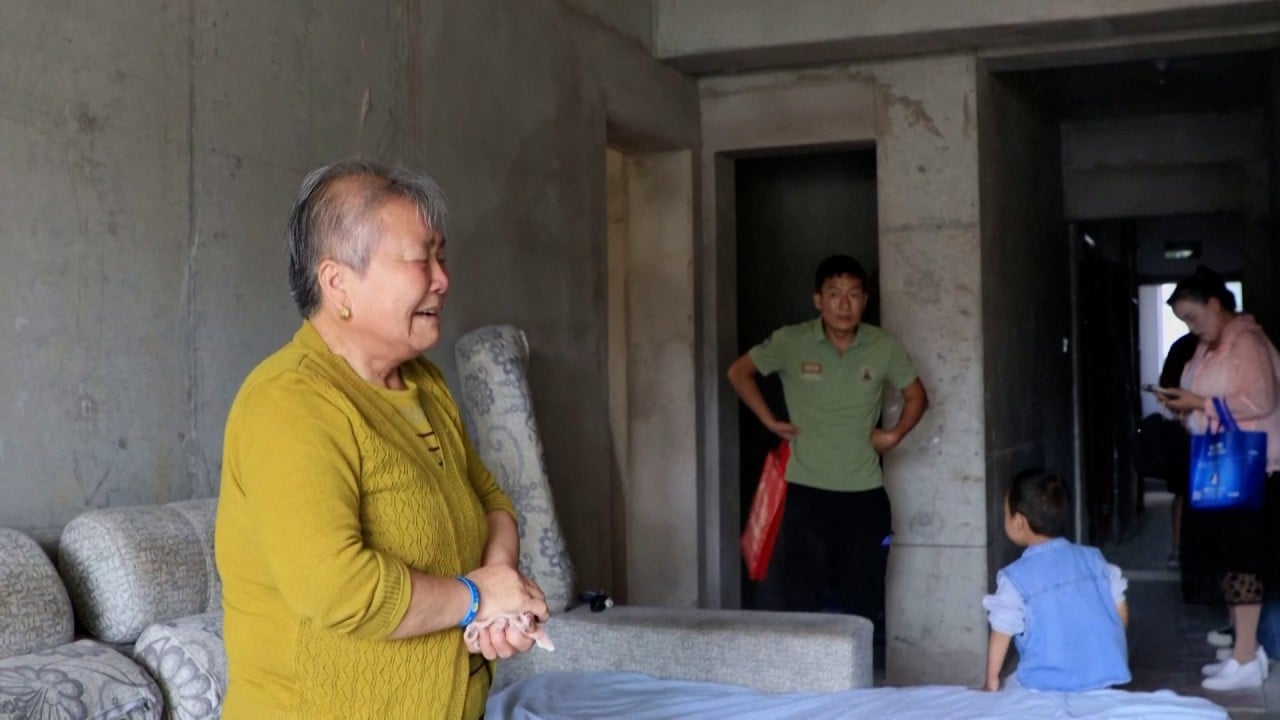The government needs to help developers with their funding conditions to complete pre-sold but unfinished properties to help ensure social stability, bring existing excess stock of homes to “normal levels” and mitigate annual contraction in property construction, the US investment bank said.
“Despite several easing efforts, many property activity indicators have continued to worsen,” they said. “The housing sector has not yet reached the bottom of the L-shaped path we expect” and headwinds may remain strong in coming years, especially from lower-tier cities and cash-strapped private developers, they added.
China’s housing market crisis germinated from Beijing’s “three red lines” policy launched in August 2020, depriving weak developers of funding lifelines and triggering more than US$160 billion of junk-bond defaults, based on a Goldman Sachs estimate. Secondary home prices have slipped 20 per cent while new home construction weakened 16 per cent from their peaks, the latest report said.
Excess supply, weak prices plague China’s housing market amid limited policy aid
Excess supply, weak prices plague China’s housing market amid limited policy aid
China may need to provide 4 trillion yuan to close the funding gap faced by the nation’s private sector developers to ensure they can complete and deliver pre-sold homes to buyers, according to Goldman. These developers accounted for about 55 per cent of the existing backlog of 3.55 billion square metres in gross floor areas, it said in the report.
The current financial support from banks “appears well below the amount needed for securing home completions,” the analysts added, referring to the 469 billion yuan of credit lines handed out to builders up to March 31.
It could separately cost Beijing 7.7 trillion yuan for measures to trim the inventory of unsold homes to levels last seen in 2018. The excess inventory has been building up since mid-2021 and have remained higher than previous peaks in 2015, according to the Goldman report.
China is also striving to increase the share of public housing to at least 30 per cent of total housing stock, from around 5 per cent currently, according to media reports. If the 30 per cent target applies to only Tier 1 and 2 cities, the estimated costs could reach 4 trillion yuan to 6 trillion yuan, the US bank said.
“The full resolution of a severe property downturn is usually costly and takes many years,” similar to the case of Hainan’s real estate boom-and-bust in the late 1990s, Goldman said. This is “likely the case for the ongoing China property downcycle as well.”









